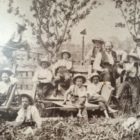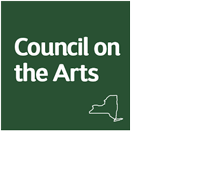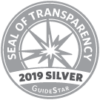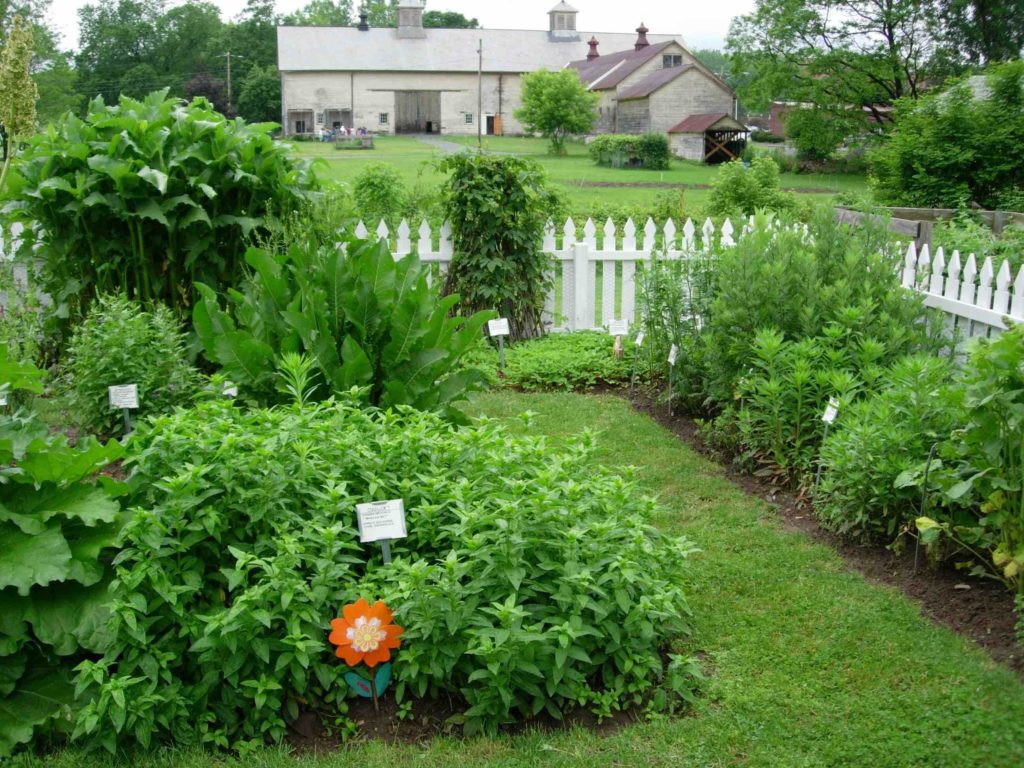
The Shakers did make and sell a number of products for cosmetic use, which is a little surprising considering their plain and simple lifestyle. Some of these items were made in response to trends in the World; hair restorer, for example, was marketed to graying and balding non-Shakers. Mount Lebanon included this rather amusing description in their Hair Restorer advertisements: “The probabilities point toward a race of hairless Americans. The American nation is threatened with the catastrophe of a universal alopecia. From the visitors gallery of the Stock Exchange, for example, one views a mob of shining pates, belonging, as a rule, to rather young men.”
Roses featured prominently in the herb industry. Acres were dedicated to their cultivation, and they were used for a number of different products. Rosewater was a common preparation used in cooking, but its strong floral fragrance made it an excellent substitute for perfume. A stock was also kept in the infirmary for ailing patients. Since fresh flowers were a frivolous decoration, the sick were allowed a generous supply of rosewater. The Shakers in Sabbathday Lake, Maine still produce and sell rosewater. Roses were used in skincare items as well. Imperial Rose Balm, a thick liquid made from “soap, alcohol, and chemical oils,” was developed at Mount Lebanon by Benjamin Gates. It boasted properties that cured pimples, chapped hands, sore gums, and other nonspecific skin issues. The same community also manufactured a rose cream to remove tan, sunburn, and freckles. The label promised “a freshness and brilliancy characteristic of youth and health, without injury to the skin.”
There are cosmetic uses for many of the herbs the Shakers grew, as well. A cold infusion of chamomile worked well as a hair rinse – not a dye, but a brightener. A face wash could be made from cleavers for the purpose of removing freckles. The Shaker Heritage Society boasts an herb garden containing over 100 types of herbs grown by the Shakers. We welcome you to visit and enjoy the beautiful blooming garden as the weather continues to improve.
Here are a few links to some great homemade beauty recipes to try:
Crunchy Betty shows you how to make a rose complexion masque based on an historic recipe.
Martha Stewart has a tutorial for tub teas.
Find out how to make a coconut, brown sugar, and rose body scrub at the Simple Truth.
DISCLAIMER: The Shaker Heritage Society staff are not licensed herbalists, cosmetologists, physicians, or any other healthcare professionals. All recipes and tips should be used at your own discretion, taking into account all allergies and medical conditions you may have. We are not accountable for any action you take in regard to this material.
Sources:
Amy Bess Miller. Shaker Medicinal Herbs: A Compendium of History, Lore, and Uses. Storey Books, 1998.
M. Stephen Miller. From Shaker Lands and Shaker Hands. University Press of New England, 2007.
